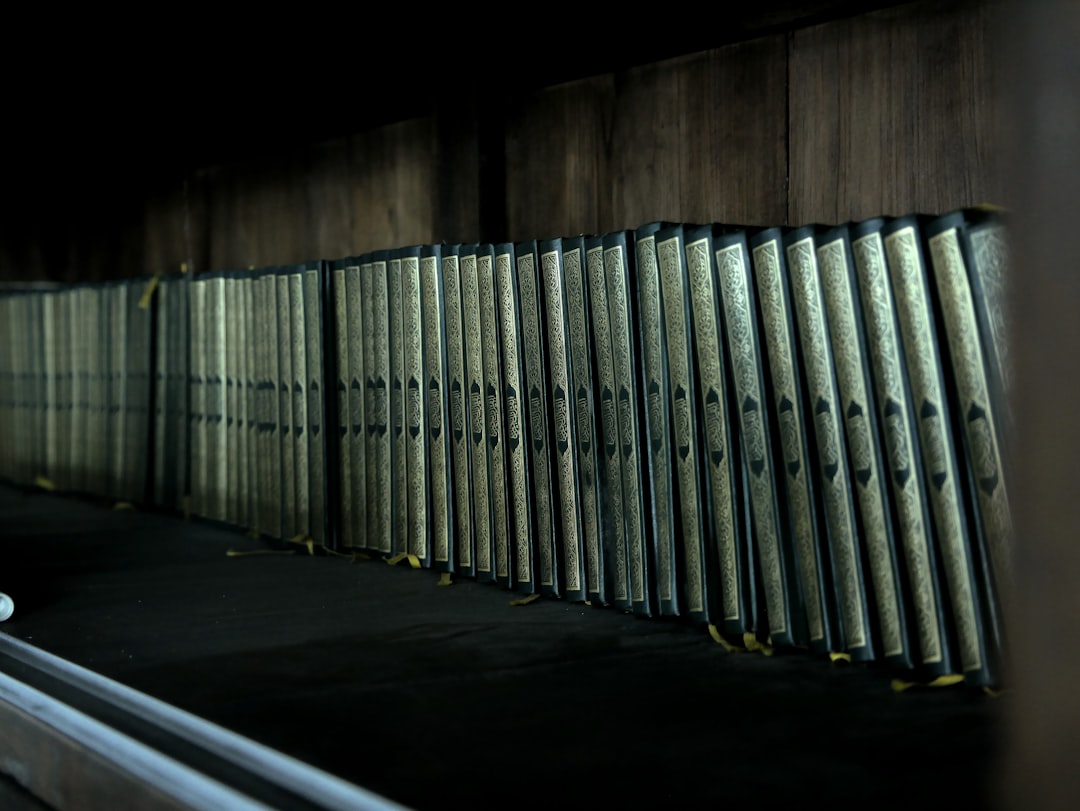body {
font-family: sans-serif;
line-height: 1.6;
}
h1, h2, h3 {
color: #333;
}
h1 {
font-size: 2.5em;
}
h2 {
font-size: 2em;
}
h3 {
font-size: 1.5em;
}
Cold drawn round steel bars are a fundamental component in countless industries, providing exceptional strength, precision, and durability. Understanding their properties, manufacturing process, and applications is crucial for engineers and manufacturers seeking high-performance materials. This comprehensive guide delves into the world of cold drawn round steel bars, offering valuable insights for optimal selection and utilization.
The Manufacturing Process: From Hot Rolled to Precision
The journey of a cold drawn round steel bar begins with hot-rolled steel. Hot rolling involves shaping steel at high temperatures, resulting in a bar with a relatively rough surface and slightly larger dimensions than the final product. The hot-rolled bar then undergoes a crucial process: cold drawing. This involves pulling the bar through a series of progressively smaller dies at room temperature. This process significantly reduces the bar’s diameter, improving its surface finish, dimensional accuracy, and mechanical properties. The cold working process introduces significant strain hardening, increasing the steel’s tensile strength and yield strength. The precise control over the drawing process allows for the creation of bars with incredibly tight tolerances, making them ideal for applications demanding high precision.
Exceptional Mechanical Properties: Strength and Beyond
Cold drawing significantly enhances the mechanical properties of steel. The process induces strain hardening, leading to a substantial increase in tensile strength and yield strength compared to hot-rolled counterparts. This means the bars can withstand greater forces before yielding or fracturing. Furthermore, cold drawing improves the surface finish, leading to increased fatigue resistance. The smoother surface reduces stress concentration points, which are areas where cracks are more likely to initiate and propagate. The improved surface finish also enhances the bar’s resistance to corrosion, particularly in applications where surface imperfections could trap moisture or contaminants. The precise control over the drawing process allows for the creation of bars with specific mechanical properties tailored to individual applications.
Diverse Applications: Where Strength Meets Precision
The combination of high strength, precision dimensions, and excellent surface finish makes cold drawn round steel bars incredibly versatile. They find widespread application in various industries, including:
- Automotive: Used in components like axles, crankshafts, and connecting rods, where high strength and fatigue resistance are critical.
- Aerospace: Employed in aircraft structures and landing gear components, demanding exceptional strength-to-weight ratios.
- Construction: Utilized in reinforcing bars and structural components, providing essential strength and durability.
- Machinery: Used as shafts, spindles, and other components in various machinery, ensuring smooth operation and long service life.
- Manufacturing: Serves as raw material for precision components, such as pins, bushings, and fasteners.
Selecting the Right Grade: Understanding Steel Specifications
Choosing the appropriate grade of cold drawn round steel bar is crucial for ensuring the component’s performance and longevity. Different grades possess varying mechanical properties, chemical compositions, and levels of surface finish. Commonly used grades include:
- 1018 Steel: A medium-carbon steel offering good strength and machinability.
- 1045 Steel: A higher-carbon steel providing increased strength and hardness but with slightly reduced machinability.
- 4140 Steel: A medium-alloy steel known for its excellent strength, toughness, and hardenability.
Understanding the specific requirements of your application, including strength, toughness, machinability, and corrosion resistance, will guide you in selecting the optimal steel grade.
Advantages of Cold Drawn Round Steel Bars: A Summary
The advantages of using cold drawn round steel bars are numerous:
- High Tensile Strength and Yield Strength: Superior strength compared to hot-rolled bars.
- Excellent Surface Finish: Improved fatigue resistance and corrosion resistance.
- High Dimensional Accuracy: Tight tolerances, reducing machining requirements.
- Enhanced Machinability: Depending on the grade, some offer improved machinability compared to hot-rolled counterparts.
- Cost-Effective: While the initial cost might be slightly higher, the improved properties often lead to cost savings in downstream processing and reduced maintenance.
Choosing cold drawn round steel bars can significantly enhance the performance and longevity of your products.
This comprehensive guide provides a solid foundation for understanding cold drawn round steel bars. Remember to consult with material specialists to ensure the selection of the appropriate grade for your specific application. The strength and precision offered by these bars are invaluable assets in various industries, contributing to the creation of durable and high-performance components.
SEO Tags:
cold drawn steel bars, cold drawn round steel, steel bar specifications, steel bar applications, mechanical properties of steel




